Here are a few images from this marvelous place. Unfortunately each of our three stops in the Refuge occurred at time of high or incoming tide, not good timing for wading birds. Yet, we got to see...
...Roseate Spoonbills...
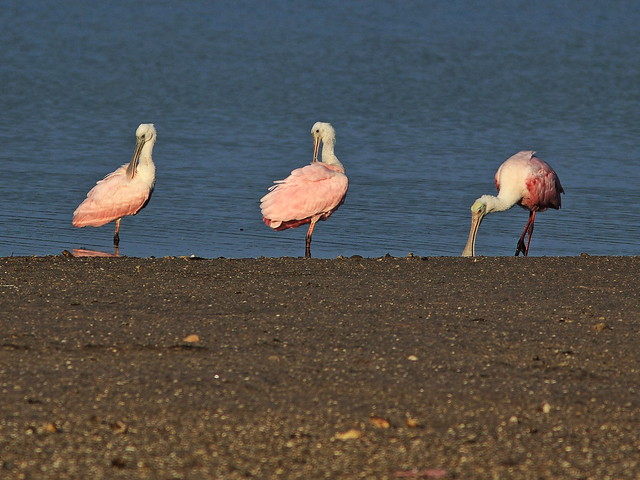
...Least Sandpipers...

...Semiplamated Plovers...

...Spotted Sandpipers (this one was stalking a crab)...
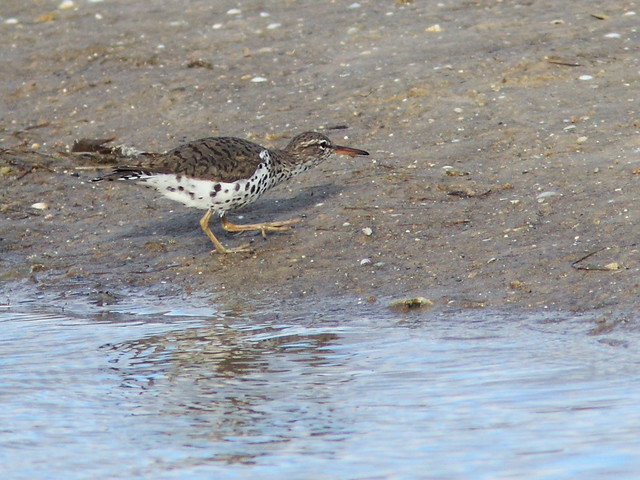
...and a stunning Northern Cardinal.

OK, I'm boring you but I must share this photo of a mischievous Fish Crow caught in the act of raiding a bicyclist's camera bag.

I obtained a mug shot of the culprit.
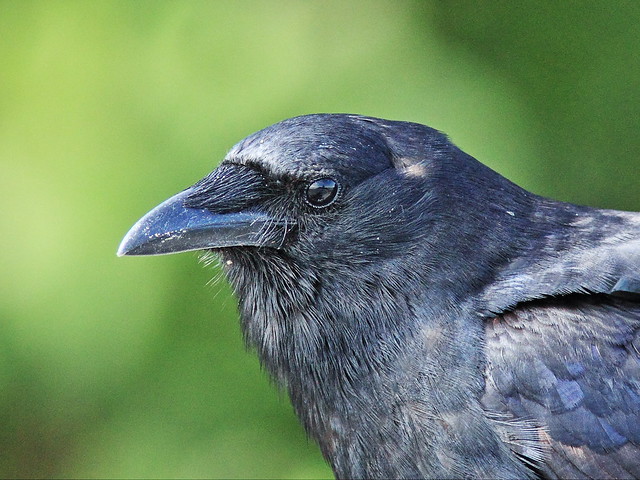
Upon returning to the wetlands next to our Florida home I captured a pleasant image of three young White-tailed Deer. The wind was in my favor and they stared at me for a long time before bolting off (click on the image for a slide show of many more photos in my FLICKR collection).
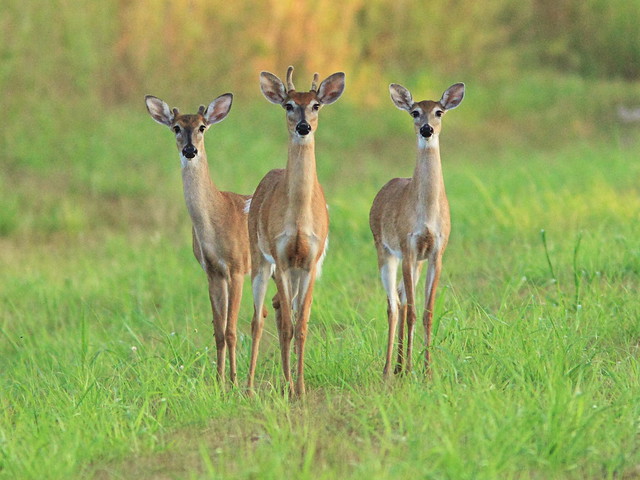
There followed our unplanned trip to Arizona for the memorial Mass of Celebration of the life of Mary Lou's brother, who passed away on Easter Sunday. From Phoenix we flew directly to our second home in NE Illinois. Migration in Florida had been rather slow in our neighborhood, so I looked forward to catching up with the northbound songbirds.
Listen to the bird sounds in this brief video clip, along the shore of the Fox River in Batavia, Illinois. If it does not display in the space below, visit this link.
Blue Violets, the State Flower of Illinois, were blooming profusely.
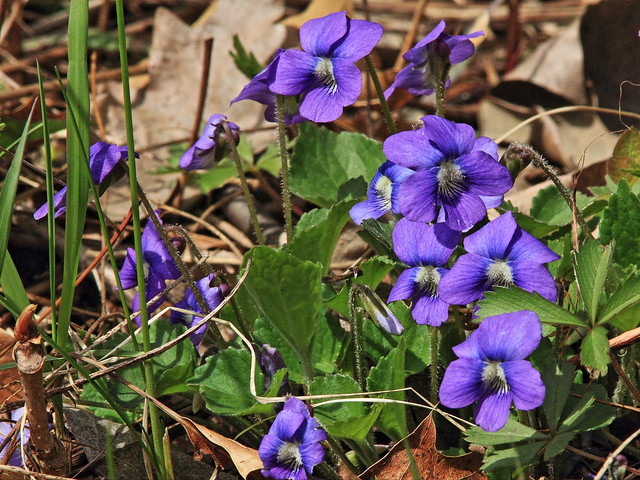
We were greeted by numerous Blue-gray Gnatcatchers, a species that had migrated away from Florida during the the previous weeks. This one looked a bit perturbed by my presence.
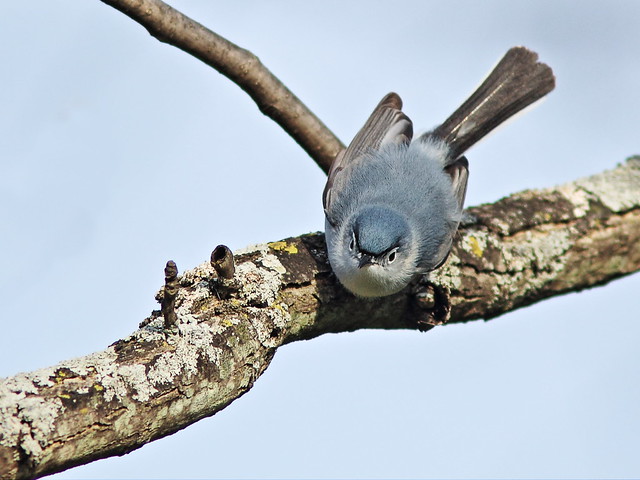
Yellow-rumped Warblers had exchanged their drab plumage for spring colors.
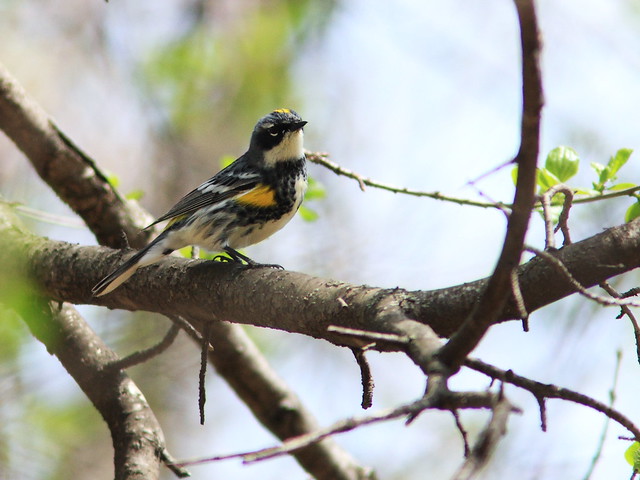
At nearby Nelson Lake/Dick Young Forest Preserve the Yellow Warblers were singing profusely.

This Yellow Warbler inspected the undersides of the leaves in search of insects.

Wilson's Warblers wore their black skull caps.
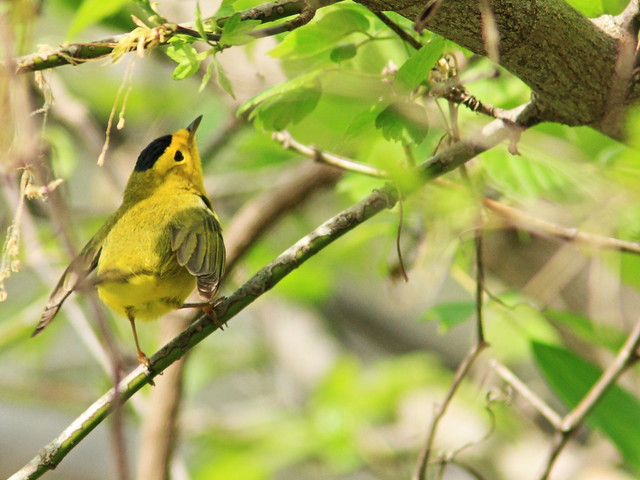
Baltimore Orioles showed off their blazing colors.
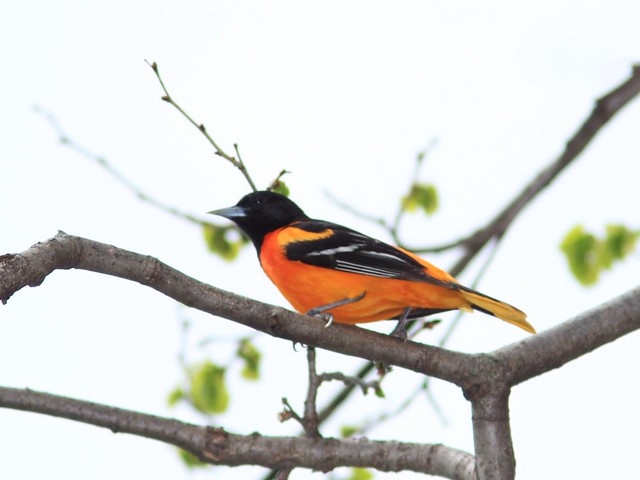
Black-throated Green Warblers passed through in good numbers.
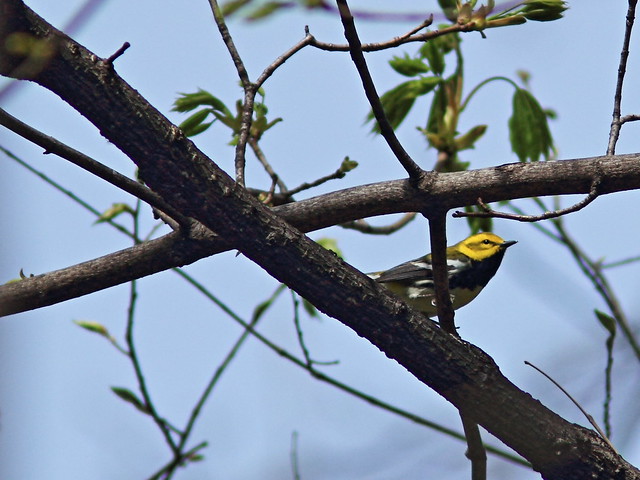
Boldly patterned Black-and-White Warblers did head stands as they explored the twigs for insect prey.
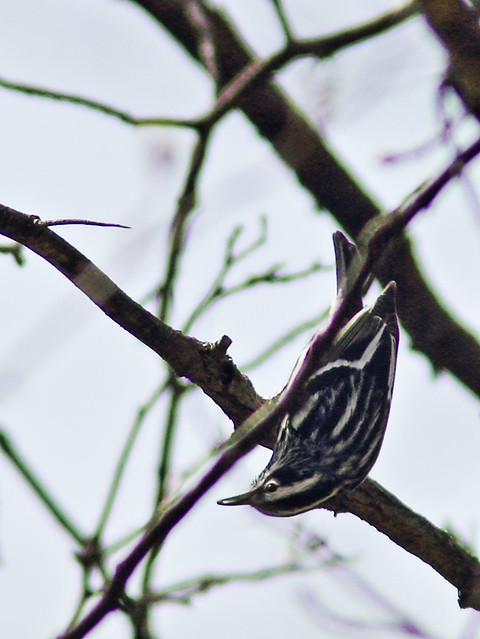
Rose-breasted Grosbeaks filled the air with persistent warbling song.
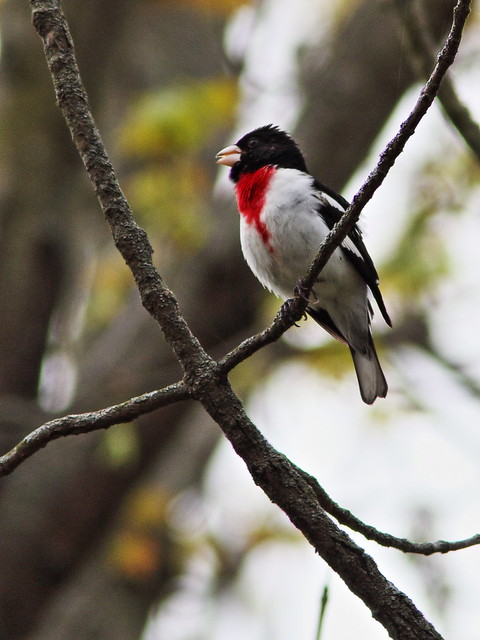
Flocks of Bobolinks appeared in the prairies. This male sang and displayed to a female hidden in the grass below.
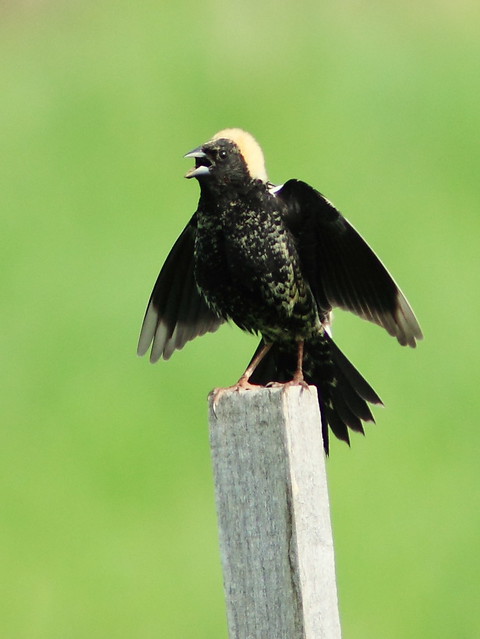
The three primary colors were represented, first by the Scarlet Tanagers...
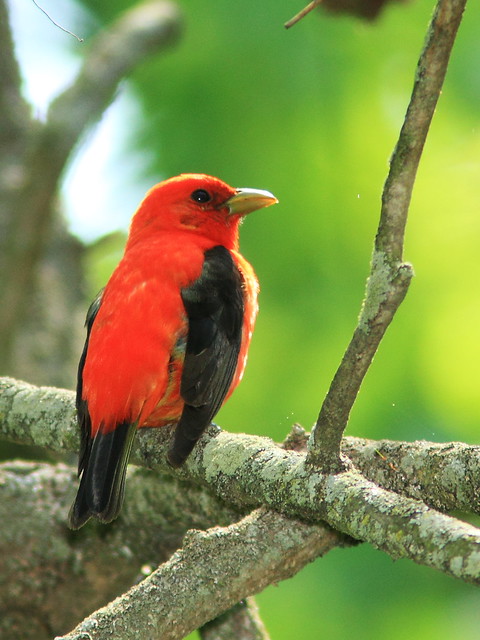
...then by the Indigo Buntings...
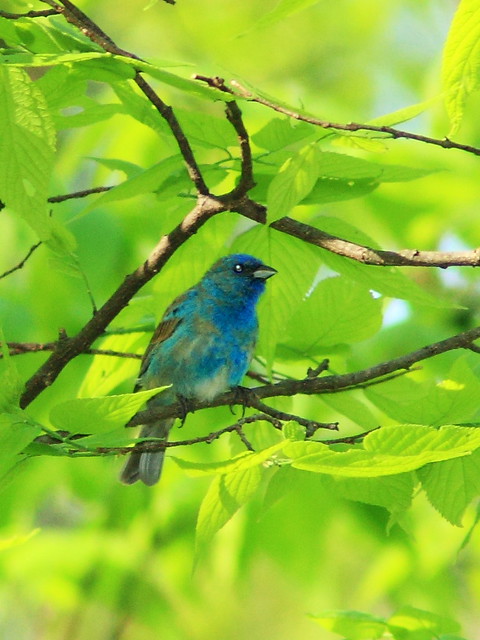
...and finally by the American Goldfinches.
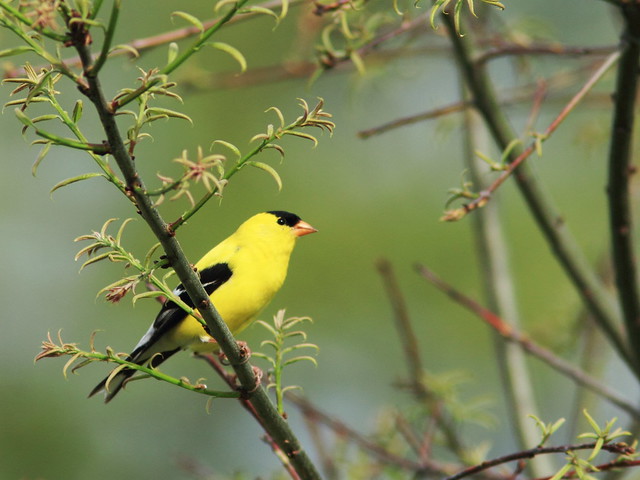

A superb array of colourful species Ken.
ReplyDeleteBeautiful post with stunning photographs!
ReplyDelete